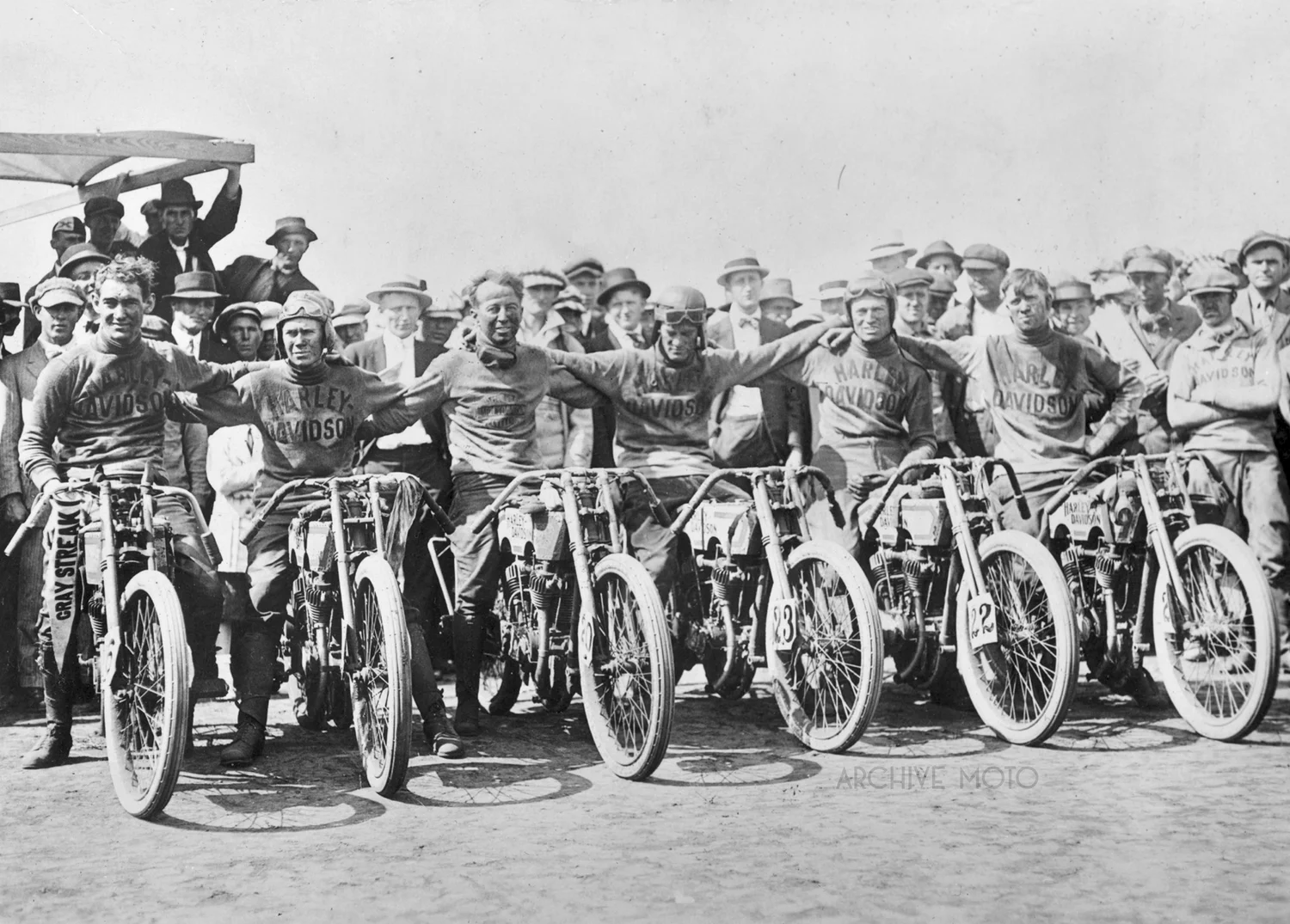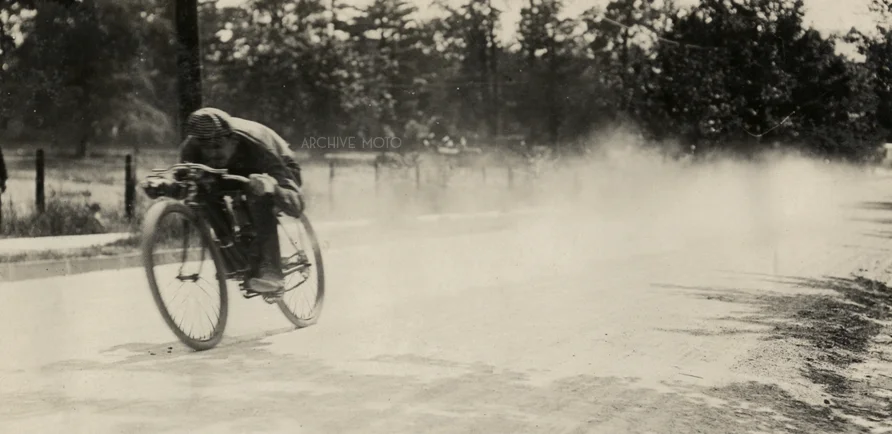GET AT IT! American motorcycle racing pioneer Arthur G. Chapplle blasting down the road course during the New York Motorcycle Club's annual Spring Run held on Sunday May 9, 1909. Chapplle was arguably Indian's second in command behind Jake DeRosier when it came to working magic on the track and he held a lengthy tenure with the Springfield company. Chapplle also served as the Captain of the NYMC and can be seen here with a rooster tail of dust flying off of his factory "torpedo tank" Indian twin.
The pace of technological advancement in the modern era is one of the most remarkable aspects of the human experience. Think back just ten years ago and how different your day to day life was, how limited the info stream was, and how little we shared outside of our circle of friends. The all powerful Facebook was just a year old, the iPhone wouldn’t be around for another two years, the Star Wars everyone was freaking out about was Revenge of the Sith, and an upstart video site named Youtube was first introduced. Looking back gives us perspective on just how far we’ve come in such a short span, but if we go back to the beginning of the industrial age we find that folks did the very same thing and looked back on just how far they had come.
This photo comes from a 1911 issue of Bicycling World and Motorcycle Review. It offers a contrast on just how far two-wheeled locomotion had come in the 40 years that occurred between the two photos. The comparison starts with a privileged gent from Cleveland, Ohio atop his “bone shaker,” one of the earliest and often credited as the first successful bicycle designs, comingout of France in the mid-1860’s. Speed as we know it developed quickly once the motorcycle was introduced at the turn of the century, but only after several incarnations and experiments with bicycle design. On the right we see the tuck, the ideal position that every kid with a bicycle knows that he needs when speed is the goal, and a stance that originated in the first days of motorcycle racing. The rider is a Maryland racer named “Chic” Thomas, and his mount is a top of the line 7HP Indian from 1911, dressed and ready for the track.
You may even wish to take it a step farther, imagine the machines that were available 40 years after that. You find the hulking, beastly road machines of the 1950’s and the nimble, no-nonsense powerhouse flat trackers. Pull forward again and in just a few jumps, roughly a single century in the whole of human existence and you enter the modern age of super bike speed and the super computer, truly a remarkable progression.
Harley was a bit of a late comer to the racing game, but with the introduction of its 11k racing model in 1915, the brand and its legendary stable of team riders (later known as the Wrecking Crew) became an unstoppable force in the sport. Actually the 11k model made its underwhelming debut at the 1914 Dodge City 300, after a bit of tweaking HD hired racer Red Parkhurst who piloted the new machine to victory in Birmingham a few months later, though there was still no officially sponsored program. Harley's first official race and podium took place in November of 1914 when Irving Janke blasted an 11k to 3rd place at the Savannah 300. 1915 marked the first official racing season and the first official championship victory for Harley-Davidson, and intrepid riders like Red Parkhurst and Joe Wolters (pictured on their 1915 11-KT and 11-KR racers) helped to make the brand an American Icon.
How about a little mystery this week? What we have here is yet another one of those photos that many have likely seen, but few know much about. It showcases a machine the like of which I have never come across, another one-off racer from the glorious days of the Motordrome. A speed-focused construction from the talented hands of Bill Ottoway, the man responsible for the Harley-Davidson racing program of the mid-teens, this oddball comes from his earlier days spent as the engineer for the Aurora Automatic Machine Company, makers of Thor motorcycles. This unique racer is a direct-drive v-twin, possibly based off their model O with a similarly forward tilting engine arrangement. A shortened frame is bowed out to allow room for the front cylinder, and a keen eye will also spot its longer-than average intake, rigid fork, and odd-shaped fuel tank that is bent down in the rear to allow the rider to have the lowest center of gravity.
As for the rider, that is New Orleans native Arthur Mitchell who was known to race a number of brands but at the time was mostly riding for Merkel and M&M. However, I believe this photo was taken during races held the first weekend of August, 1911 at Chicago’s Riverview Stadium Motordrome and may offer a bit more information. The races held on August 4th, 5th, and 6th were a flurry of momentous occasions, featuring racing superstars like Charley Balke, Morty Graves, A.G. Chapplle, and Joe Wolters. Aside from this unique and mysterious Thor, Joe Wolters also unveiled a new 7hp Excelsior twin onboard which he dominated most of the heats that he entered. It must also be noted that there is also an extremely rare mention of a Harley-Davidson competing that weekend, raced by a Chicago man named Willie Walsh. Mitchell was racing for M&M and Merkel that summer, and though he took a handful of victories he was most consistently bested by his pal Peter Wenk, who was racing for Thor. Though it is pure speculation, I believe Mitchell is seen here posing atop the machine that gave him the most fight, Wenk’s Thor at the Riverview Stadium Motordrome in early August, 1911.





